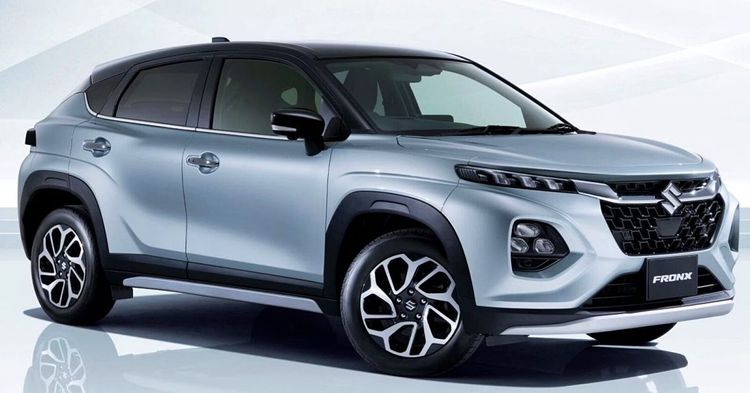GST Reform Effect: 80,000 Maruti Suzuki Cars Sold Since Navratri


Maruti Suzuki has sold 80,000 vehicles since the start of Navratri, making this one of its strongest festive periods in recent years. The company says enquiries at showrooms have nearly doubled to 80,000 per day compared to 40,000-45,000 normally. The rise comes after the recent GST rate cuts that reduced car prices and created a wave of demand across the country.

The GST reduction has been the single biggest trigger for the surge. On select entry-level cars, prices have come down by as much as 24 percent, a drop that has made small cars significantly more affordable.
These lower prices are valid until December 31, 2025, which gives buyers more than a year to take advantage of the reduced rates. At the same time, lower repo rates have eased EMIs, making loans easier to manage.
Maruti has built on this with aggressive financing schemes. The standout offer is ownership starting at ₹1,999 per month, targeted mainly at two-wheeler users looking to upgrade. This strategy taps into a vast base of riders who aspire to move into cars but are often held back by affordability concerns. By making monthly payments comparable to the cost of owning a bike, Maruti is directly addressing one of the biggest barriers to entry.

The 80,000 units sold since Navratri are not just concentrated in small cars. According to company executives, SUVs are also seeing very strong traction. Models like the Brezza, Grand Vitara and Fronx have drawn buyers who now find SUVs more affordable after the tax cuts. This shows the GST benefit is flowing across the product range rather than being limited to entry-level models.
That said, the biggest impact is visible in small cars, which had been struggling over the past few years. Many first-time buyers were priced out of the market, and Maruti had faced pressure in its core segment. The current demand surge shows that with the right affordability mix, small cars can still drive volumes. This reinforces Maruti’s long-held view that small cars are essential for sustaining market share, even if SUVs bring in more profit.

High demand has also created pressure on supply. Dispatches from factories were halted for the first 20 days of September and resumed only on September 22. As a result, many vehicles are still in transit. Customers may face waiting periods even as enquiries soar.
Dealers too are stretched. Footfalls have risen sharply, and many outlets are working late into the night to deliver cars. The company has advised customers to book early to avoid longer waiting times. But dealer infrastructure, especially in smaller towns, is under strain, and handling large volumes without compromising service quality remains a challenge.

The festive timing has certainly helped Maruti, as Navratri is considered an auspicious period for big-ticket purchases. But sustaining momentum after the season will require consistent focus on affordability and timely delivery. The company must also ensure its dealer network can cope with the higher load and maintain customer satisfaction.
The price cuts are valid till the end of 2025, which creates urgency while also providing a long window to convert buyers. This will help spread demand across the year, though there is a risk of slowdown once the benefit expires.
For now, the 80,000 units sold since Navratri underline that lower prices and attractive finance schemes can still unlock mass demand. If Maruti can meet deliveries on time and support its dealer network, this surge could translate into stronger market share and sustained growth well beyond the festive season.